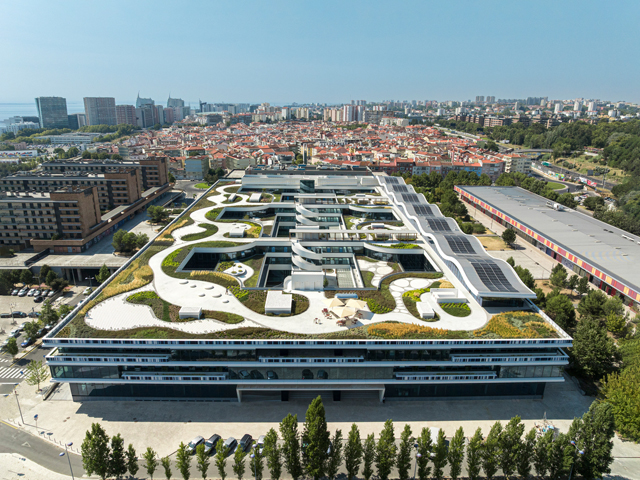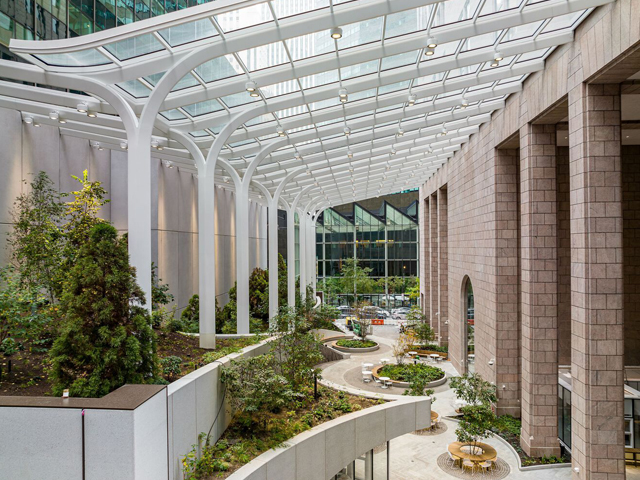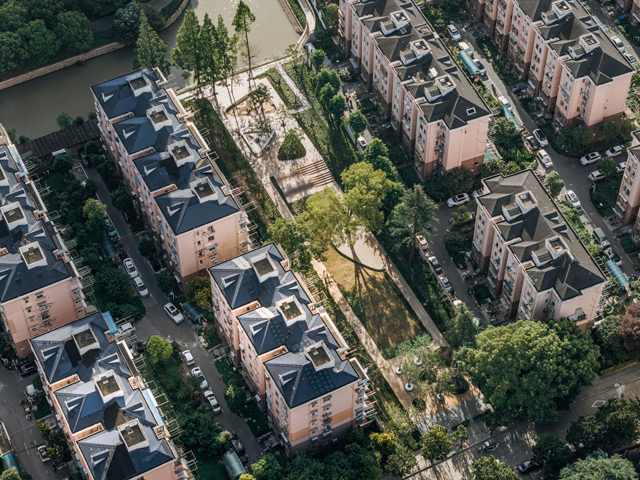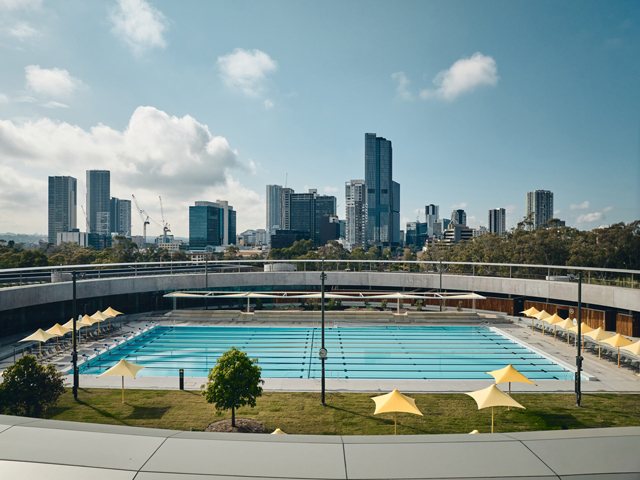DECOMMISSIONED WIND TURBINE BLADES RECYCLED INTO ASPHALT FOR NEW ROADS
19 Feb 2025
While a beacon of clean energy when spotted on the horizon, disposing of wind turbines when the time comes can be challenging.

Researchers in China have hit upon a clever way to use discarded blades to build long-lasting roads – a method that could come in handy as we erect and decommission more turbines over time.
While most parts from old wind turbines can be recycled or reused - including the shell, nacelle and metallic internal components - the long blades are typically made from fiberglass. That's especially true of blades that are reaching the end of their lifespan now, after having been in use for the last couple of decades.
In 2023, the National Renewable Energy Laboratory in Denver, Colorado, estimated that between 3,000 and 9,000 turbine blades will be retired each year for the next 5 years in the US alone; that figure would then increase to between 10,000 and 20,000 until 2040. Now consider how big the problem could be across Europe and China, which have the world's largest wind turbines. The largest turbine has a blade diameter of 1,107 ft (310 m).
A team from the Lanzhou Institute of Chemical Physics at the Chinese Academy of Sciences, has devised a process of crushing and chemically treating old blades so they can be combined into asphalt mixtures and cement concrete for constructing roads. This was trialed in 2024 with a construction company, creating the asphalt mixture and laying a section of the Qingfu Highway in the northwest Chinese city of Lanzhou. Five months after, the road has reportedly not developed any cracks or rutting.

This breakthrough joins a short list of applications where recycled blades can be useful:
- Global Fiberglass Solutions, headquartered in Kirkland, Washington, turns the blades into reinforced plastic pellets for manufacturing durable products like maintenance hole covers.
- Waste management giant Veolia shreds blades into small pieces that go in kilns to replace the coal, sand and clay required to make cement.
- Knoxville, Tennessee's Carbon Rivers recovers strong fibers from blades using a high-temperature process called pyrolysis; these can be used as-is or in the form of thermoplastic fabrics or pellets to make heavy-duty automotive parts.
But while those are being tested and deployed worldwide over the next few decades, we'll still have this mounting issue of disposed blades to solve. The Lanzhou research team, meanwhile, will take on more projects to demonstrate its recycling technique, and establish it as a scalable way to repurpose old blades.







